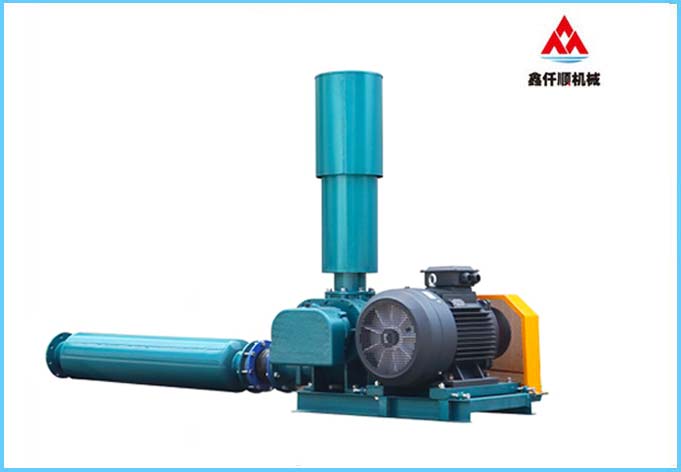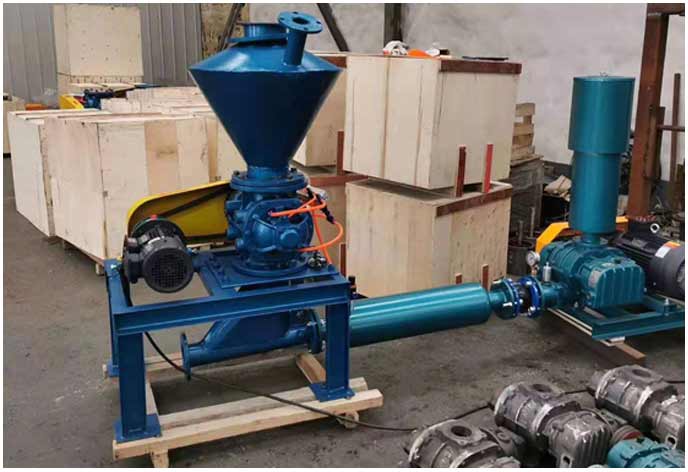Introduction to the principle and working process of Roots blower
Source: Roots blower manufacturer
Published on: October 23, 2023
Hits:
Related information
-
Application of Roots blower in sewage treatment -
Roots blower should be properly and timely maintained -
The quality of three blade roots blower is really important -
Introduction to the effect of three blade roots blower on energy saving and emission reduction in wood drying process -
Introduction to the important role of three blade roots blower in laser cutting -
Biogas explosion-proof roots blower: help environmental protection and innovate energy utilization -
What are the causes of tripping of Roots blower frequency converter? -
How to determine the exhaust pressure and water depth of Roots blower? -
What are the requirements of Roots blower for motor? -
Influence of Roots blower and introduction to cooling and maintenance in winter
Xinqianshun's latest products
Random articles
-
What are the preparations before starting Roots blower? -
What should be paid attention to when purchasing Roots blower? -
Price and Function Introduction of Roots Blower for Food Industry -
Knowledge about Roots blower _ introduction to Roots blower manufacturer: -
Silencer maintenance of three blade roots blower for pneumatic conveying -
High pressure roots blower uses some simple methods to reduce noise: -
Why should Roots blower be commissioned? Which parts are usually debugged -
Use and fault maintenance of Roots blower _ manufacturer's explanation -
Selection of Roots blower -
Understand the function and use of Roots blower silencer
Latest news articles
-
Sharing of application skills of Roots blower in pharmaceutical industry -
Application value of Roots blower in metallurgical industry -
Prospects for the application of Roots blower in coal processing? -
Innovative application of Roots blower in printing and packaging equipment -
High efficiency operation skills of Roots blower in refrigeration system of cold storage -
Introduction to the operation principle of Roots blower in pharmaceutical cleaning equipment -
Application of Roots blower in sewage treatment -
What should be paid attention to when using Roots blower to transport hydrogen? -
Roots blower should be properly and timely maintained -
Roots blower is a common environmental protection equipment in sewage treatment









